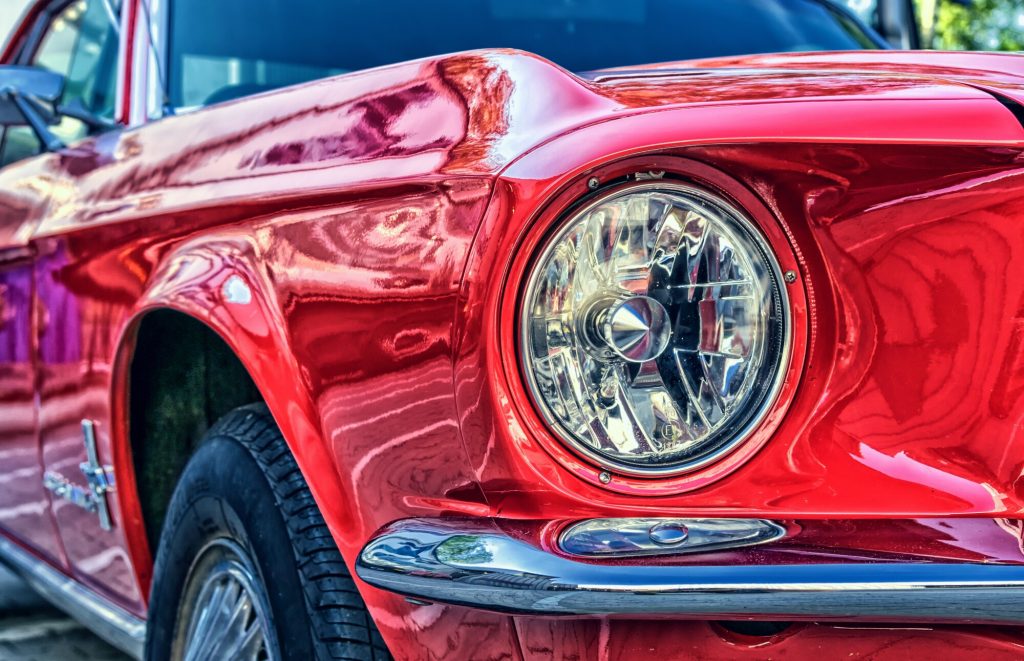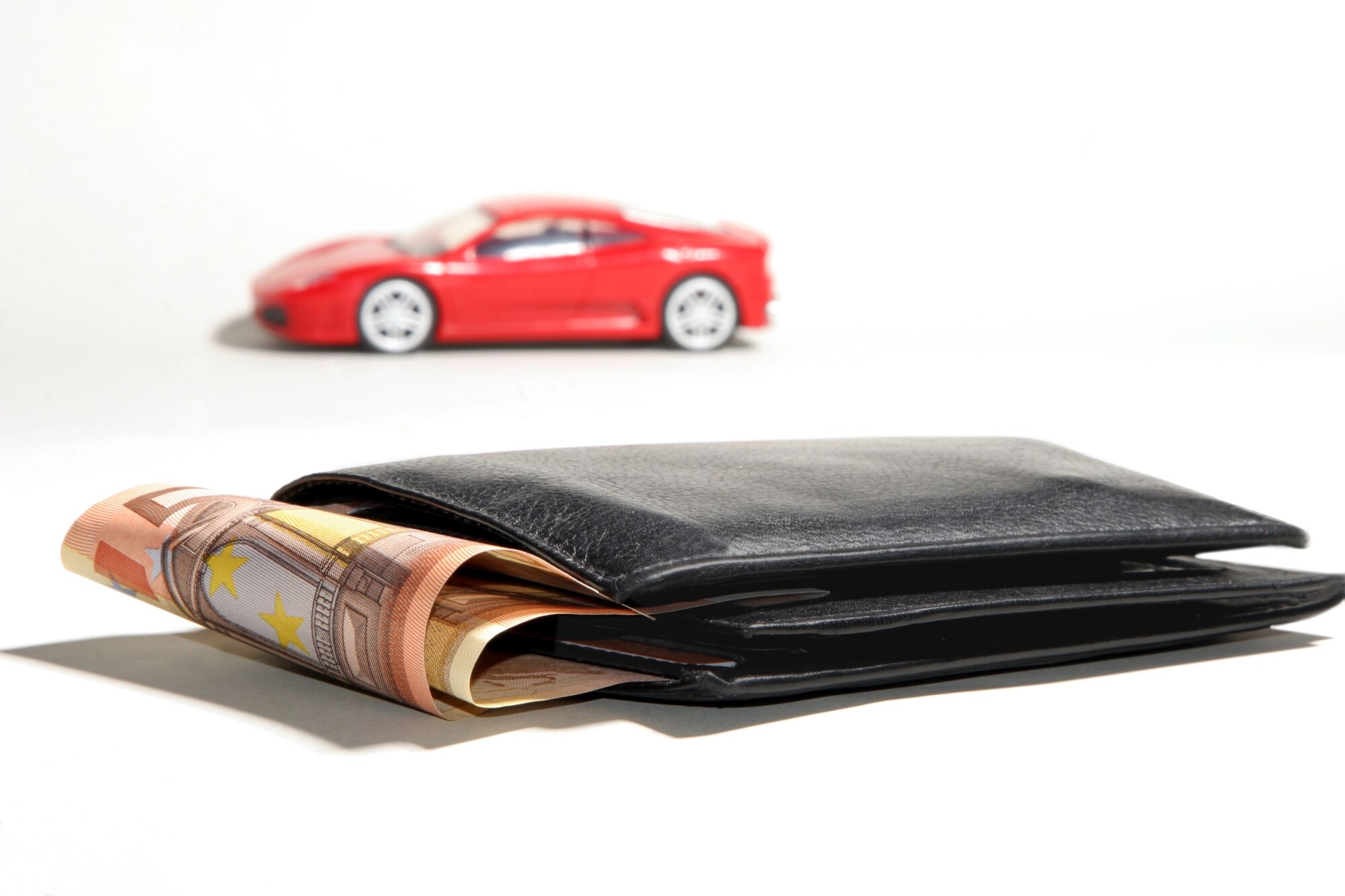
Even people with a mild interest in automobiles love to see old classic cars on the streets. There’s something special about seeing a vehicle that has stood the test of time as a work of art. And interest in old vintage cars hasn’t waned during the pandemic either.
Did you know that website searches were up 39% by the classic car collector last year? Some suggest the time spent indoors has people thinking more about their days of youth. Whatever the reason, the vintage car collector market is growing.
But for many, knowing the difference between designations is difficult. So, if you’ve been wondering how old classic cars get official status, keep reading. Here’s a guide to how cars get classified and what the differences are.
Types of Designation
A lot of people don’t know there are different classifications for old classic cars. Unless they see a vintage license plate on a vehicle, they couldn’t say more than one type. So, let’s break down the three designations for old classic cars.
Vintage Cars
These are generally the oldest vehicles on the road. A car must have been manufactured between 1919 and 1930 to get a vintage car license plate. These automobiles are the oldest of all old classic cars.
Antique Cars
Any vehicle manufactured in 1975 or earlier receives an antique car designation. In this category, cars have strict rules to follow to maintain their status.
Classic Cars
We often see vehicles at car shows, such as muscle cars, get designated as classic cars. These vehicles are twenty years old or older, but there are other criteria involved. For example, made before 1990, these cars get a classic license plate if the owner feels collector value is evident.
Other Rules For Designation
Unfortunately, the age of a car is only one criterion for determining if it’s a classic. In some cases, the state the vehicle gets registered in determines the classification. But, in general, old classic cars must follow restrictions for use.
Most old vintage cars cannot get driven every day. As collector items, they only operate to appear at shows or similar events. However, a vintage car collector will have secure storage facilities available for their vehicle.
Then, there is the subject of authenticity to consider. For example, old classic cars fitted with modern equipment like CD players might not get the designation. The object is to maintain the historical value of the vehicle.
Insuring Old Classic Cars
To make matters less clear for collectors, several states have their own definitions for what is classic. And depending on how the car gets used, owners may not want a classic license plate for their vehicle.
But, if you own a car for show purposes and only drive to events and back, there are advantages. In this circumstance, insurance premiums benefit with a classic or vintage designation. In addition, there are terms for agreed value available.
Something else to consider is that a car can gain value with age. So, insurance rates will change with the value. Often, a classic car collector will take an old car title loan to offset some initial costs.
The Eye of the Beholder
Do old classic cars need special license plates to get recognized as classics? The simple answer is no. But, when you see a car with a vintage license plate, be sure that the owner has put more effort into the investment.
Old classic cars are pieces of art from our past, and enjoying them for that is what matters most. But, if you plan on becoming a classic car collector, it doesn’t hurt to take the extra steps.
And if you enjoyed test-driving this article, wheel up for more valuable tips.




